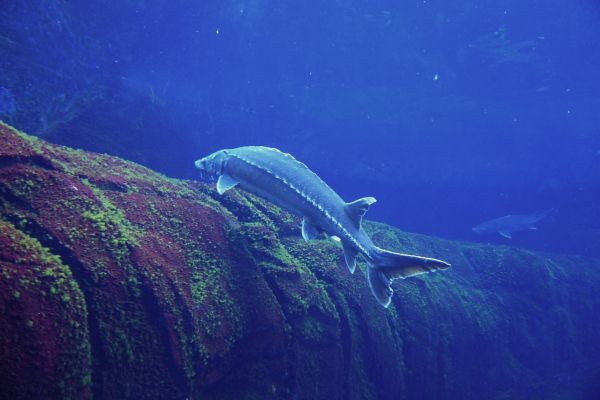Beneath the deep blue
- POSTED ON: 19 Sep, 2022
- TOTAL VIEWS: 189 Views
- POSTED BY: Madhuvanti S. Krishnan
- ARTICLE POINTS: 150 Points
In the next article on the series of biomes, we will look at marine or underwater biomes. A biome is a large region of Earth that has a certain climate and types of living organisms. Each biome’s plants and animals are characterised by traits that aid their survival in a particular biome — desert, tundra, tropical rainforest, grassland, savanna, freshwater, marine, to name a few. Each biome has several ecosystems.

The marine biome is the biggest in the world, and comprises five main oceans — the Atlantic, Arctic, Pacific, Indian, and Southern, as well as numerous smaller bays and gulfs. Marine regions are usually extremely salty.
Marine biomes are a part of aquatic biomes and are further divided into coral reefs, seas and ocean biomes, and estuaries biomes: essentially, all that involves the underwater world.
Coral reefs: They are widely distributed in warm, shallow waters and can be found as barriers along continents (the Great Barrier Reef off Australia, for instance), atolls, and fringing islands. As the name suggests, corals largely inhabit the reefs. They consist of tissues of animal polyp, and algae. Since reef waters tend to be poor in nutrients, these organisms obtain nutrients through the algae through photosynthesis, and also by extending tentacles to obtain plankton from the water. Besides corals, other fauna in the reefs includes several species of microorganisms, invertebrates, fishes, sea urchins, octopuses, among others.
Estuaries: Areas where freshwater streams or rivers merge with the ocean are known as estuaries. This mixing of waters with such different salt concentrations creates a unique ecosystem. Microflora such as algae, and macroflora, like marsh grass, seaweeds, and mangrove trees (only in the tropics), can be found here. Estuaries support a range of fauna, including a variety of worms, oysters, crabs, and waterfowl.
Seas and oceans: The largest of all the ecosystems, oceans, like ponds and lakes, are divided into separate zones: intertidal, pelagic, abyssal, and benthic, all of which have diverse species.
Where the ocean meets the land, is referred to as the intertidal zone. Sometimes it is submerged and at other times, exposed, as waves and tides come in and out. Where only the highest tides reach, there are only a few species of algae and molluscs. In those areas usually submerged during high tide, there is a more diverse array of algae and small animals, such as herbivorous snails, crabs, sea stars, and small fishes. At the bottom of the zone, which is only exposed during the lowest tides, many invertebrates, fishes, and seaweed exist.
The pelagic zone includes those waters further from the land, and is usually cold. The flora includes surface seaweeds while the fauna comprises multiple fish species, whales, dolphins, and more.
The benthic zone is the area below the pelagic zone, and its bottom consists of sand, slit, and/or dead organisms. Here temperature decreases as depth increases toward the abyssal zone, since light cannot penetrate through the deeper water. Fauna includes bacteria, fungi, sponges, sea anemones, worms, sea stars, and fishes, to name a few.
The deep ocean is the abyssal zone where the water is extremely cold, around 3° C. This zone is home to many species of invertebrates and fishes.